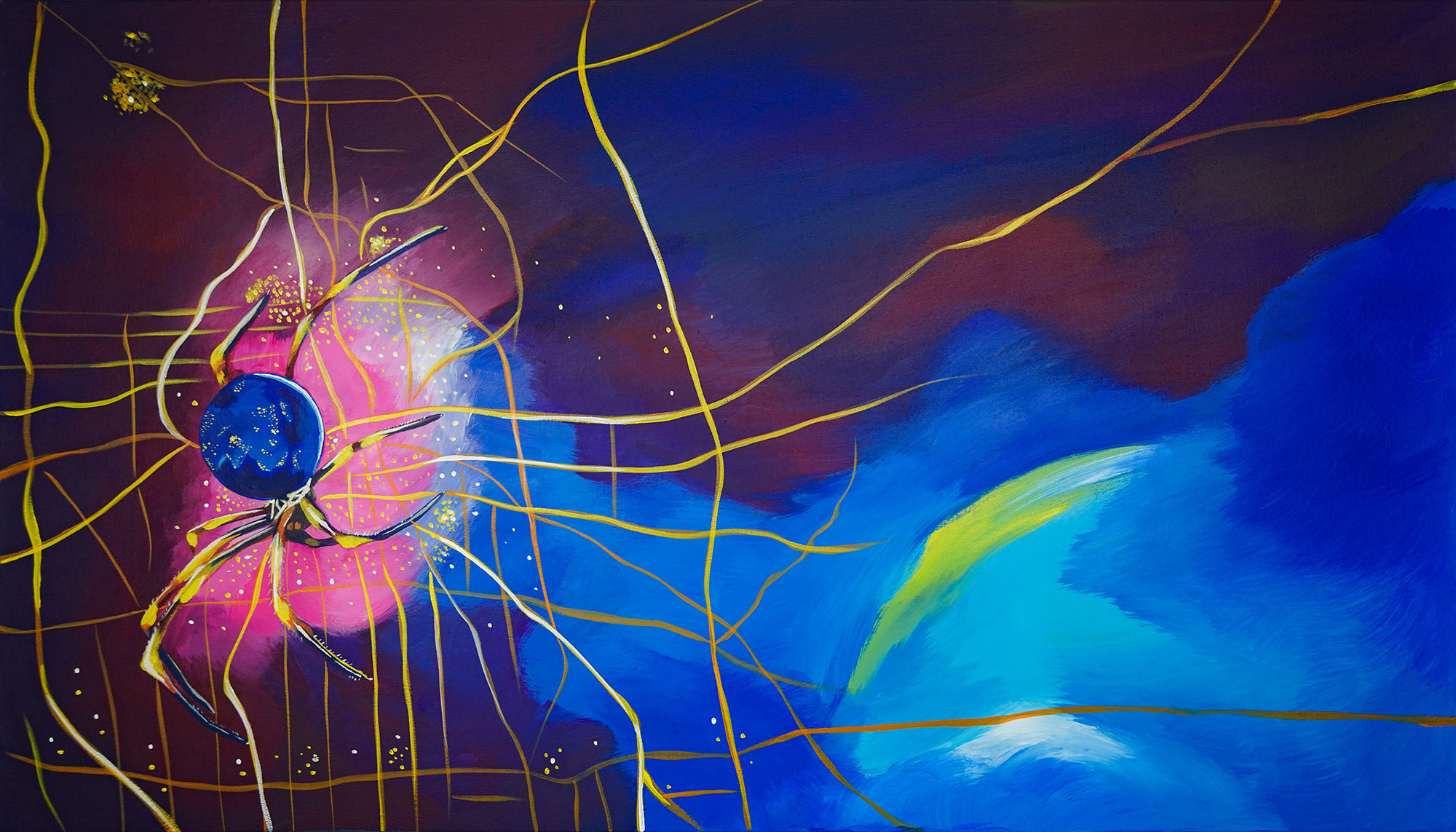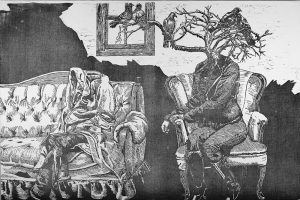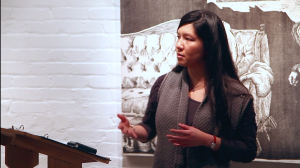It’s the day before my 5-year anniversary of leaving my corporate job to embark on my own business venture, and I “pre-celebrated” by attending Mayor Satya Rhodes-Conway’s RoundTable for entrepreneurism.
I’ll have more to share tomorrow about what this 5-year-milestone means for me, but today I want to raise some questions about arts and entrepreneurism, in the terms of an ecosystem that needs to be strengthened. We know affordability is an increasing issue as our cities vie for growth. We know that transportation is a literal and metaphorical roadblock as we try to connect people with opportunity and community. We know that wealth-building is an uphill battle when resources are concentrated in the hands of the few. We know that people of color face the highest barriers to becoming economic and cultural leaders.
At the crux of all these issues is the design (or lack thereof) of infrastructure, what our society is currently built for, and what it is not. In the arts, Wisconsin ranks 48th in the nation, and the US ranks last among developed nations. Lack of funding begets lack of infrastructure, which begets more lack of funding and fragmentation. When I go to entrepreneurial events, I wish more artists were present, because I think we would truly revolutionize the conversations and ideas we have in these spaces. I wish we lived in a culture that taught artists their value, instead of stigmatizing and separating them from the rest of the ecosystem and economic function.
If we want to talk about an economy as an ecosystem, then consider the arts and humanities as an “indicator.” The US arts industry is 88% white, 12% people of color, and almost entirely men regardless of race. Women of color represent half of one percent of arts representation. The arts and humanities are where culture-making happens. So is it much of a surprise that we struggle with a diverse business ecosystem, the same way we struggle with biodiversity in nature when the primary infrastructure is centered on supporting a monoculture lawn? Is it much of a surprise that people of color flee a city where the arts and culture don’t reflect them? Is it much of a surprise that our standard designs reflect the needs of the default white man, instead of the rich and varied people that we truly are?
But I believe this can be different. I’m glad we’re having forums to ask these questions in our city. These are nascent, but necessary stages. I want to know, what steps we can take to retire outdated infrastructures, and build new ones to replace them? Are there policies we can write to incentivize our existing industries, like the construction industry, to start placing art and the design at the forefront of how they build their spaces, for their employees, and their communities? How do we go beyond “liking” art, “liking” design, “liking” the humanities, to prioritizing them in this ecosystem? Because if we prioritize the arts, in our policies and in our values, we might finally get at the root of our long-standing struggles and achieve whom we want to become. That’s a city and ecosystem that any one of us could feel proud to build our livelihoods and lives in.
“To be green, economics needs to return to its home, to Oikos. Both ecology and economics are derived from ‘Oikos’ which means ‘home.’ Ecology is the science of the household, economics is supposed to be the management of the household. When economics works against the science of ecology, it results in the mismanagement of the Earth, our home.”
-from “The Rights of Nature: The Case for a Universal Declaration of the Rights of Mother Earth”




